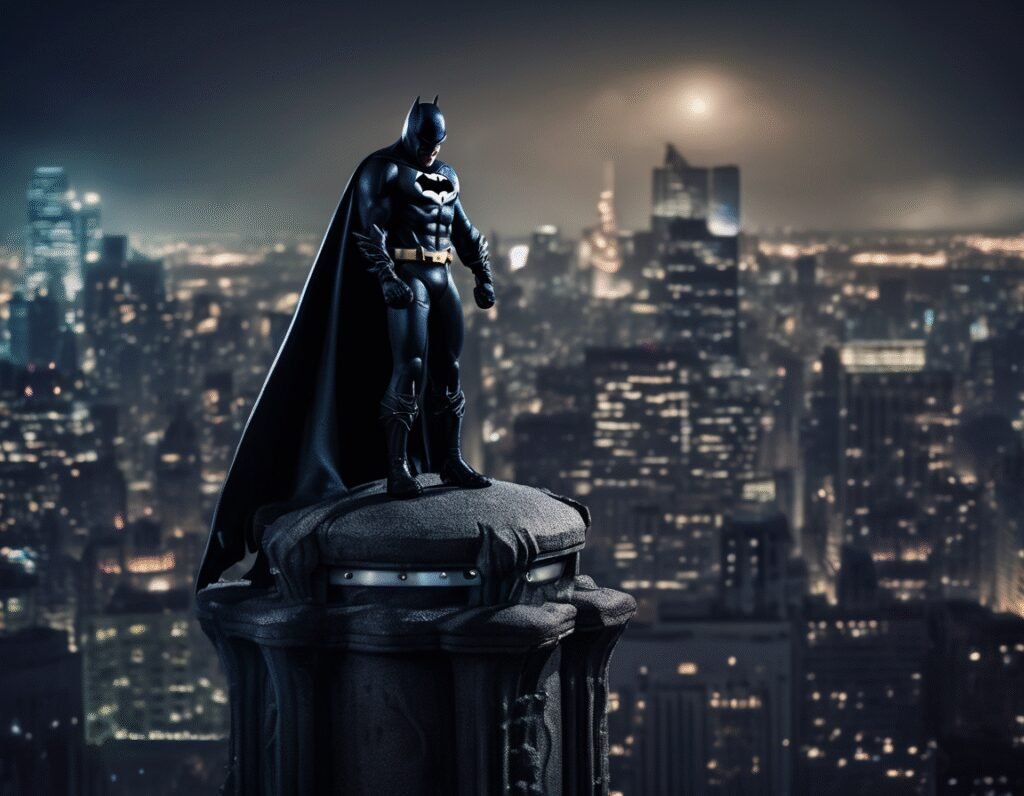Hollywood is grappling with the rise of generative AI, and not everyone is on board with the technology. The debate recently took a humorous turn when a fan used AI to imagine actor Brandon Sklenar as Batman. The resulting image, intended to be a cool fan cast, instead became a perfect example of AI’s current shortcomings.
The picture depicted a Batman with a glaring anatomical error, specifically arms that appeared comically short and out of proportion. This visual oddity did not go unnoticed by James Gunn, the director of the upcoming Superman film and a co-head of DC Studios. Gunn responded to the image on his Threads account with a characteristically witty remark. He pointed out the absurdity, stating that it would be weird to cast an AI Batman with a 14 inch arm. His comment highlighted the AI’s failure to understand basic perspective and human anatomy, resulting in a figure that looked more bizarre than heroic.
Gunn’s quip was more than just a joke, it was a subtle but firm statement on the use of AI in creative filmmaking. By poking fun at the flawed image, he implicitly reassured fans that the DC Universe’s characters, including the next Batman, will be brought to life by human artists, designers, and actors. The incident underscores a growing tension in the entertainment industry. While AI tools are becoming more powerful and accessible, they still lack the nuanced understanding, artistic intent, and emotional depth that human creators bring to iconic characters. A poorly rendered arm might seem like a minor issue, but it symbolizes a larger problem, AI’s inability to consistently grasp the context and detail required for high-quality storytelling.
This is part of a much broader conversation happening across Hollywood. Writers, actors, and directors have expressed serious concerns about studios using AI to generate scripts, create digital performances, or cut corners in production, often referred to as AI slop. The fear is that an over-reliance on these tools could devalue human artistry and lead to a flood of generic, uncanny content.
Gunn’s response, therefore, resonates with many in the creative community. It signals a commitment to craftsmanship in an era where automation is increasingly pushed as a cheaper, faster alternative. For now, fans can rest easy knowing that the future of DC’s iconic heroes remains in human hands, ensuring that the next Batman will have arms of a proper, heroic length.


